Over the years I’ve found bird photography to be one of the most rewarding areas in photography I’ve ever experienced. For starters, we can use photography to get a peek into a world we don’t normally see with birds and wildlife. When you add the challenge and feeling of accomplishment you get from getting that great shot, it makes for a really rewarding experience. Like most things, sometimes the gear we need to enjoy these experiences can be intimidating so I wanted to write this article to help make it easier to pick which gear may be right for you. (You can sign up for Matt Kloskowski's "How To Make Great Bird Photos" Alpha Workshop HERE.)
So let's approach this from a budget and experience standpoint. I’ll start fairly simple and then we can grow from there.
Entry Level Setup For Bird Photography
I'll start with entry-level gear first. If this is your first camera, I love recommending the RX10 series. It’s a 20 megapixel fixed lens camera (yes… no changing lenses) that goes from a wide 24mm all the way out to 600mm (which is plenty for most wildlife). It has fast auto focus to help you lock on to the birds, and 24 frames per second so you can really catch some key moments. The camera is also small, light and portable which means you’re more likely to take it with you everywhere. It’s a great camera for a beginner and has the features and capabilities to grow with you as you get better.
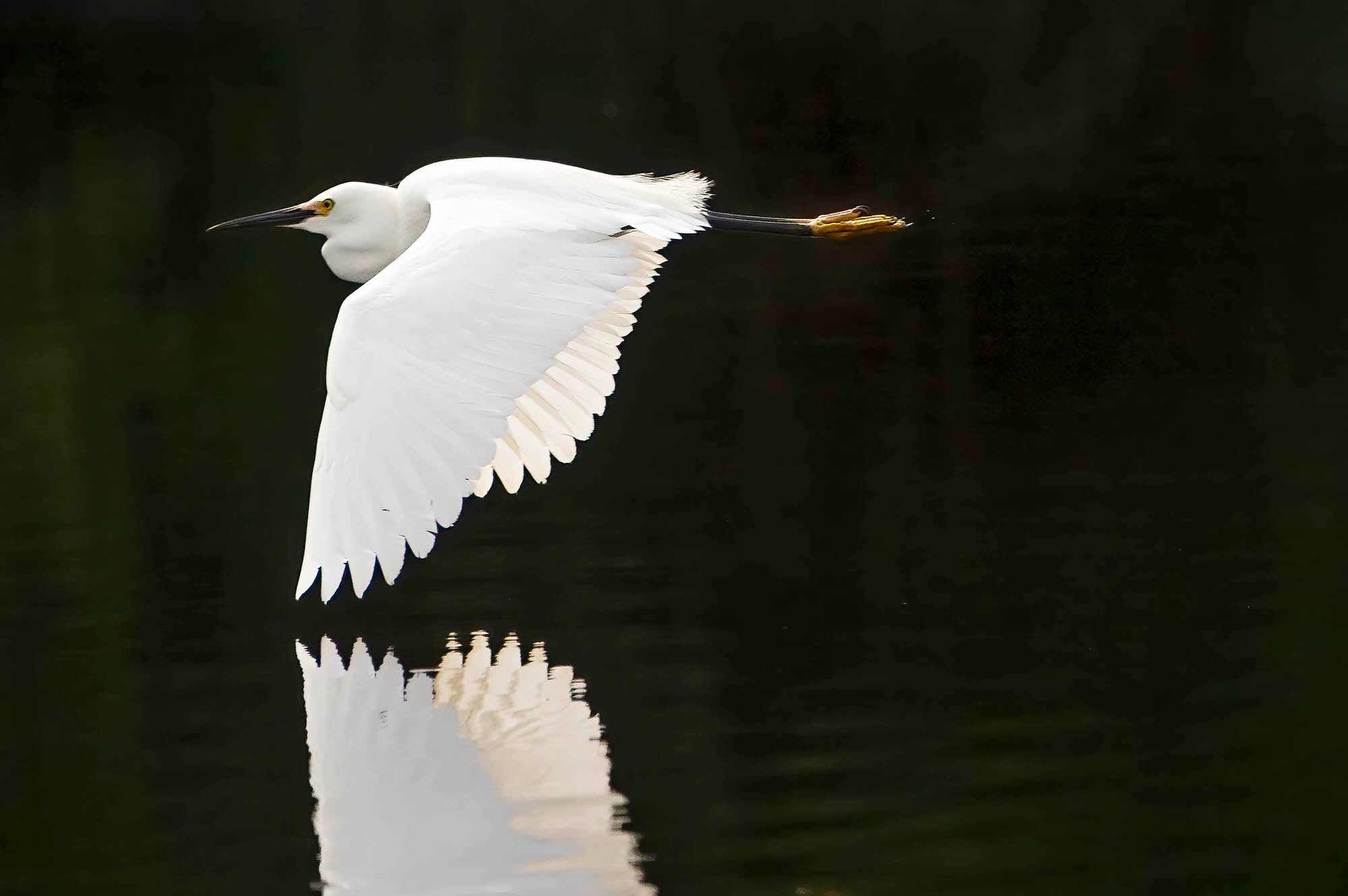
Photo by Matt Kloskowski. Sony RX10 III. 1/4000-sec., f/4, ISO 800

Photo by Matt Kloskowski. Sony RX10 III. 1/4000-sec., f/4, ISO 800
Now, if you’re looking for a camera where you can change lenses I'd recommend, something in the Sony Alpha 6000 line... specifically the Alpha 6600 if you want the newest, but the older Alpha 6000 cameras are also great if you already own one. This is a cropped sensor (APS-C) camera and shoots 24.3 Megapixel photos which is still plenty of size for a large print. It shoots 11 frames per second which captures a lot of action and uses the same battery as Sony's full frame cameras so you'll get plenty of battery life from it.
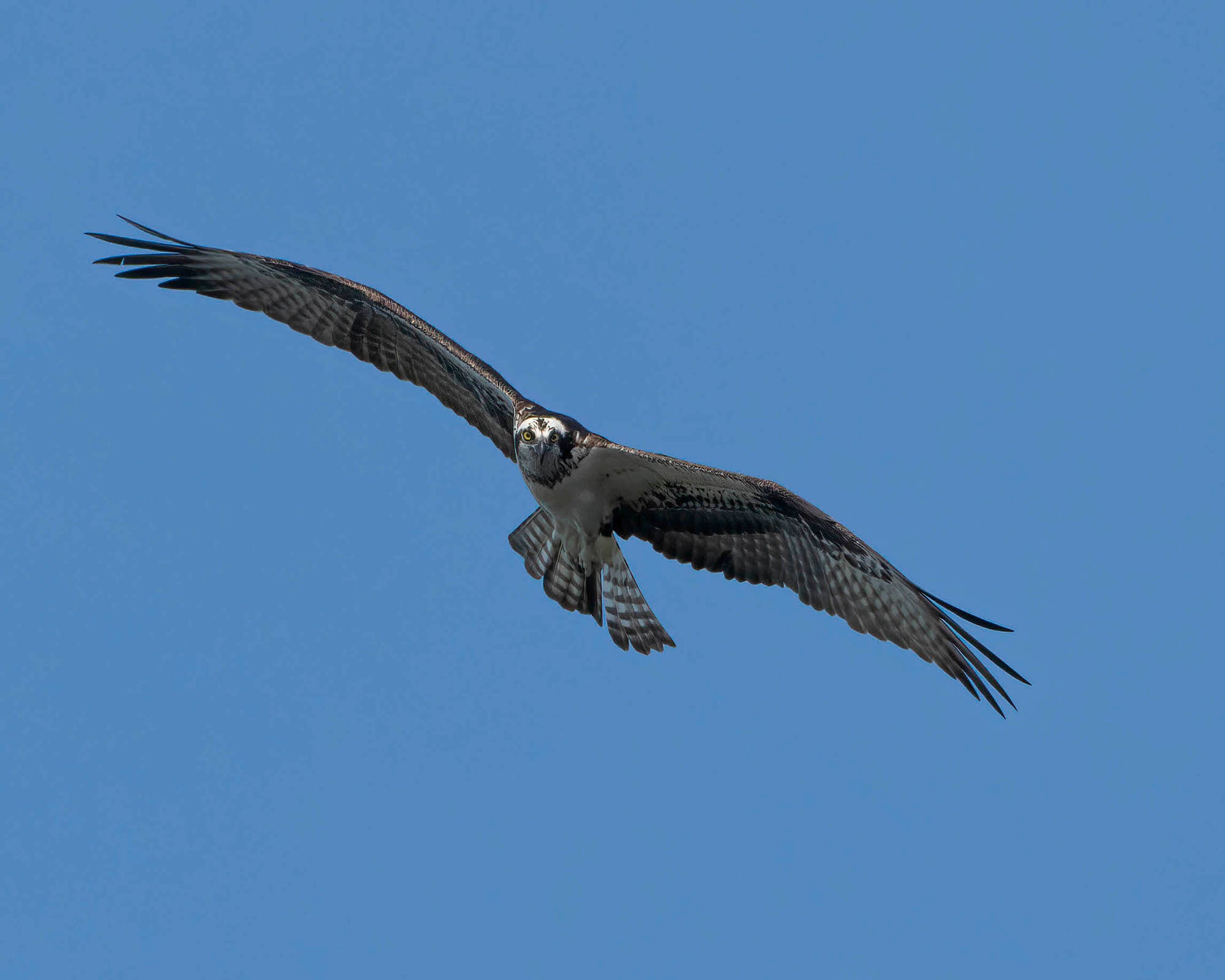
Photo by Matt Kloskowski. Sony α6600. Sony 70-350mm f/4.5-6.3 G. 1/3200-sec., f/6.3, ISO 640

Photo by Matt Kloskowski. Sony α6600. Sony 70-350mm f/4.5-6.3 G. 1/1600-sec., f/6.3, ISO 2500
One of my favorite wildlife lenses for this system is the Sony 70-350mm f/4.5-6.3 G. And you could always grab a 16-70mm lens and you'd have the entire range you could possibly want, yet still fit it all in a really small camera bag.
There are some great advantages to this setup, which by the way, I also own and use. For starters, the price – as it’ll cost a lot less than a full frame camera setup. But beyond that you have a really small setup that's light and easy to handhold and travel with. For bird photography, if you can handhold your camera + lens, it just makes it so much easier to get the shot. And the 70-350mm lens is so light, yet reaches so far so you can really zoom in on the action. And anyone who's ever photographed birds before knows that you can never have enough “zoom” to your lens. And because it's on a cropped sensor, your focal lengths are boosted by 1.5 because of the crop factor.
There are two main downsides to a system like this. First, the crop sensor cameras tend to have a lower megapixel count than a full frame camera. That mostly translates to either print size or crop-ability if you can't get close to your subjects. But if you can get close to the action and crop less, you'll still have a massive sized file which will be more than enough to share on social media and still plenty big enough to print. The other downside is ISO performance. Full frame cameras tend to perform a little better at higher ISO settings. But in good light, noise isn't an issue and there are plenty of programs for post-processing that can help you eliminate it after if you need.
Mid-High Range Setup For Bird Photography
Moving on to the mid-range setup, we'll jump to a full frame camera. For this range I'd recommend something like the Sony Alpha 7R series (the Alpha 7R IV is the latest at this time) or the Alpha 9 series (the Alpha 9 II is the latest at this time). These cameras are full frame cameras and each have an advantage.
Once you enter the full frame world you generally get two advantages that lend themselves to wildlife. First, full frame cameras tend to have better high ISO performance. This means as you raise the ISO to get faster shutter speeds, you’ll see less noise in the photo. You also (usually) get larger megapixel counts in full frame cameras, which translates to more crop-ability if you're not able to get really close to the wildlife.
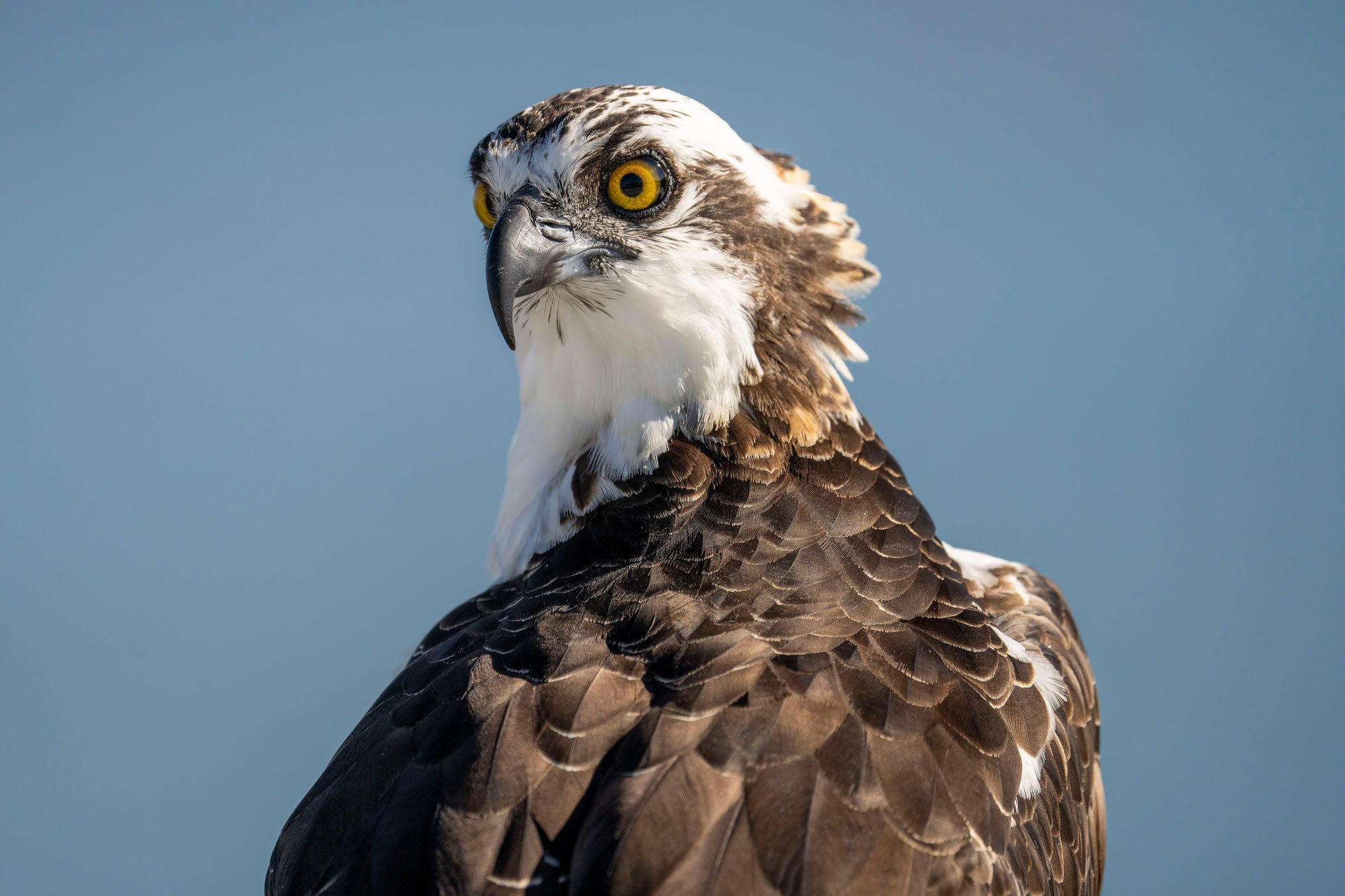
Photo by Matt Kloskowski. Sony α7R IV. Sony 200-600mm f/5.6-6.3 G. 1/2000-sec., f/6.3, ISO 160
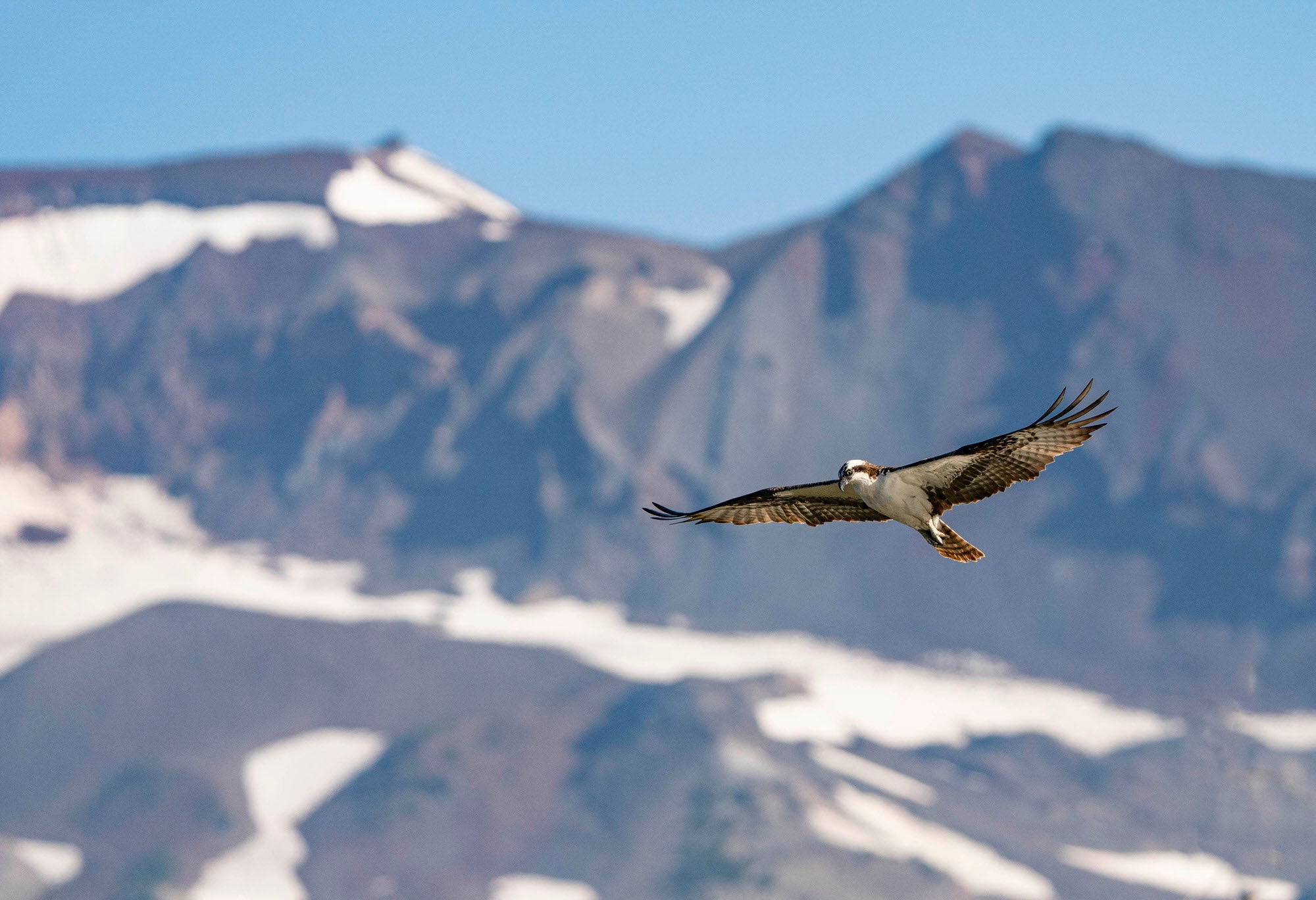
Photo by Matt Kloskowski. Sony α9. Sony 200-600mm f/5.6-6.3 G. 1/3200-sec., f/6.3, ISO 800
If you look at the Alpha 7R series, they usually have more megapixels so you’ll end up with a larger photo. That means you can print the photo larger if you wanted to, or you can crop in tighter for sharing on social media.
Now, the Alpha 9 series actually doesn't have more megapixels than some of the other cameras we mentioned (24 MP which is the same for the Alpha 6000 line). However, this is an action camera. It shoots at 20 FPS and tends to have better high ISO performance because it's a full frame camera. The Alpha 9 series also has more AF points and is able to achieve 20 frames per second with no blackout. That means you don't see the shutter come down in between photos during your burst, which makes it easier to follow a fast subject.

Photo by Matt Kloskowski. Sony α9. Sony 200-600mm f/5.6-6.3 G. 1/1600-sec., f/6.3, ISO 400
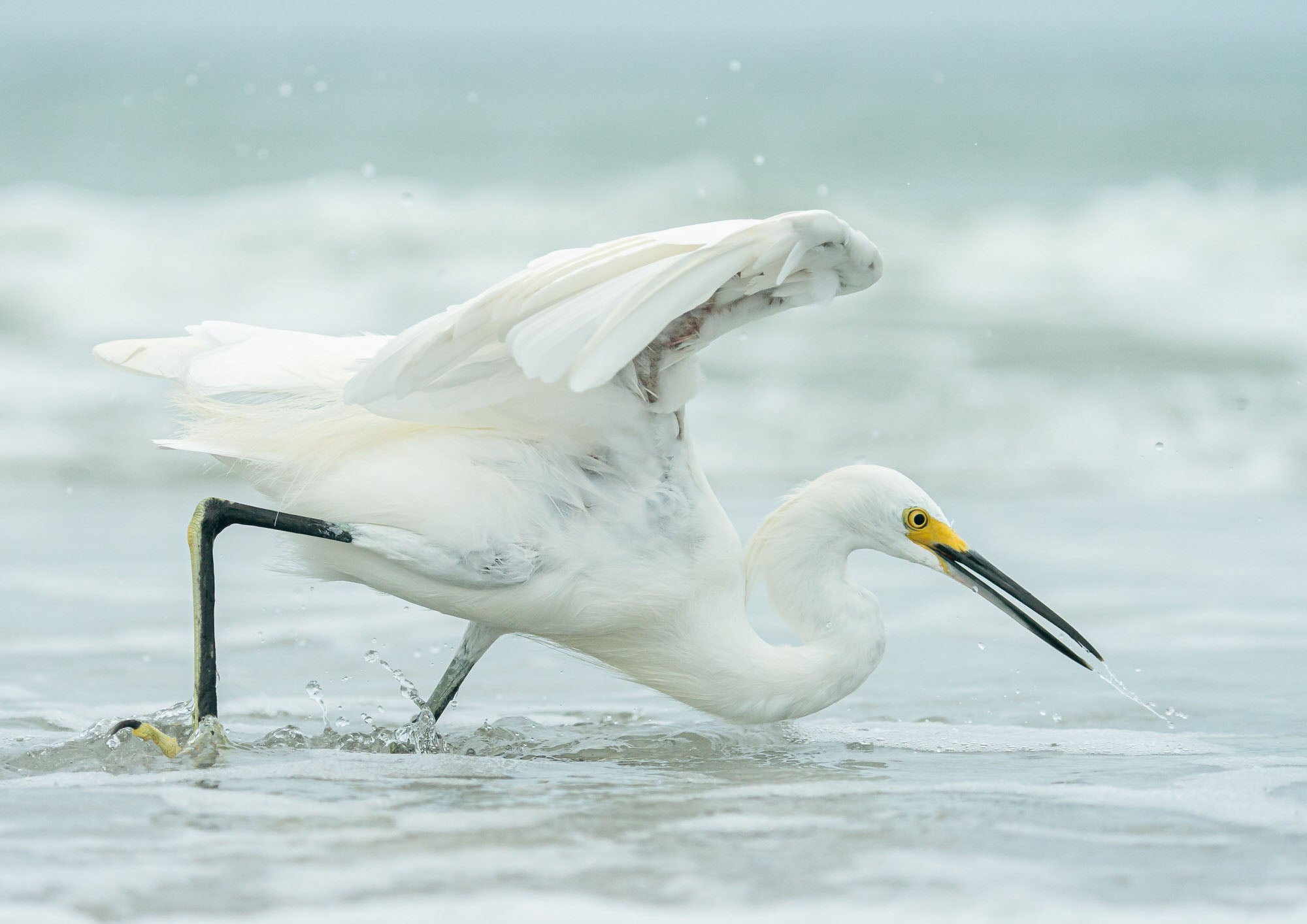
Photo by Matt Kloskowski. Sony α9. Sony 200-600mm f/5.6-6.3 G. 1/2500-sec., f/6.3, ISO 400
If you like photographing fairly static wildlife and aren't always photographing birds in flight, then I'd say anything in the Alpha 7R series will do just fine. In fact, the Alpha 7R IV has amazing autofocus capabilities and if you can't get close to the subject, you'd be amazed at how far you can crop in. But for fast moving subjects (such as birds in flight), the Alpha 9 can be a lifesaver with its 20 fps.
As for lenses, my two favorite ones to pair with any of these cameras is the Sony 100-400mm f/4.5-5.6 G Master and the Sony 200-600mm f/5.6-6.3 G. They're both excellent lenses and affordable for the amount of reach you get. The 100-400mm is more versatile in that it can double as a nice addition to a landscape photo kit too, where the 200-600mm is bigger and really more for wildlife or sports.
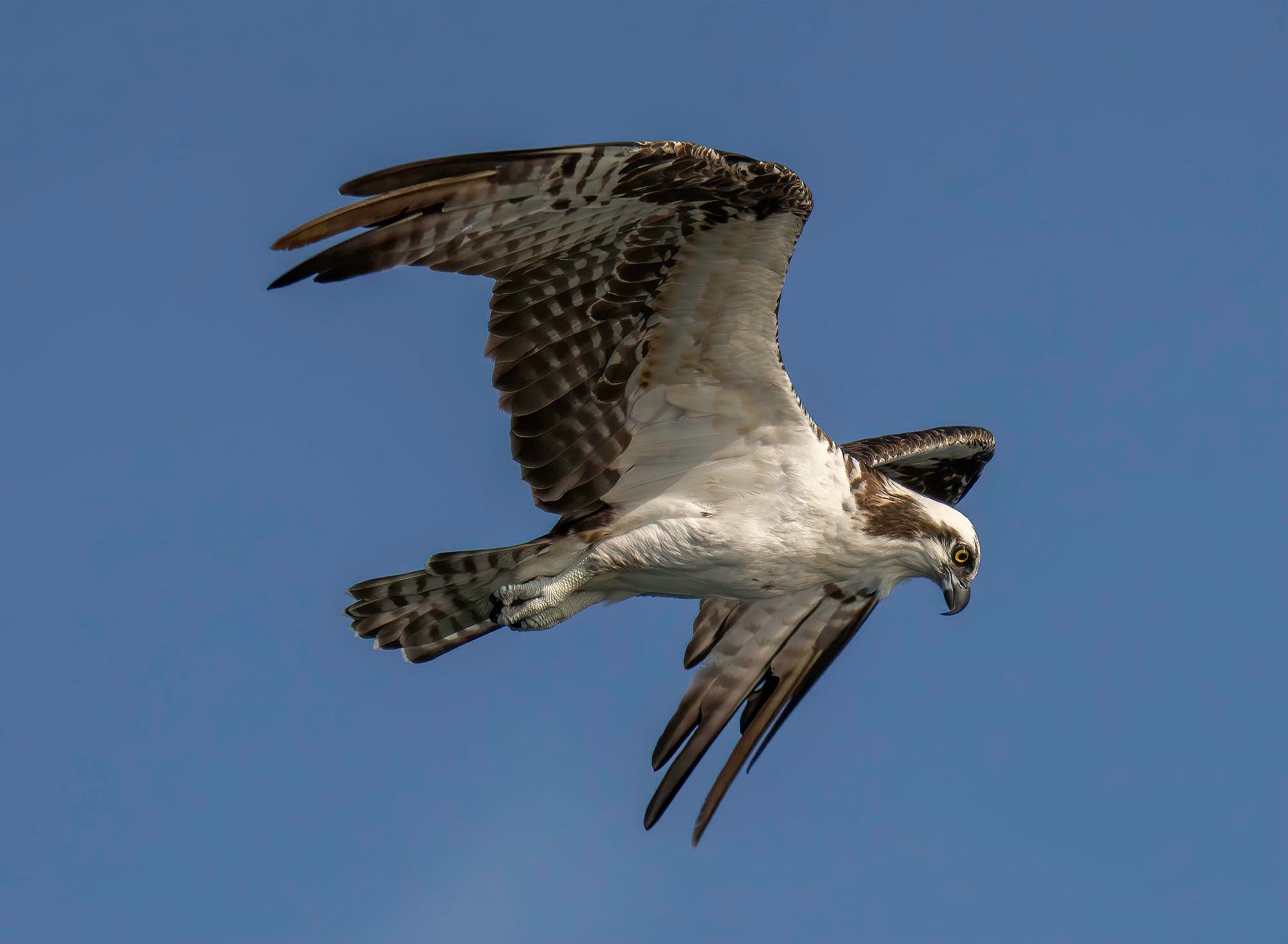
Photo by Matt Kloskowski. Sony α7R IV. Sony 200-600mm f/5.6-6.3 G. 1/3200-sec., f/6.3, ISO 400
High End Setup For Bird Photography
We'll wrap this up with the top of the line newly released (as of March 2021) Sony Alpha 1. This is a full frame camera that shoots 30 frames per second at 50 megapixels. So, in a way, it takes some of the best of the Alpha 7R series and the Alpha 9 series and puts them together. It's even a great video camera too.
In addition to 30 fps, which is amazing for bird photography, it's the first Sony camera to have Bird Eye Auto Focus. I did a video showcasing this feature so feel free to click HERE if you want to watch it. It's got the most AF points out of any Sony camera, and while it doesn't reach the 61 megapixels the Alpha 7R IV has, 50 megapixels is still more than most people would ever need for sharing online or printing large.

Photo by Matt Kloskowski. Sony α1. Sony 100-400mm f/4.5-5.6 G Master + 1.4x TC. 1/2000-sec., f/8, ISO 1000
Everyone thinks you have to pair a massive lens with the Alpha 1, but I've taken some of my favorite photos with the 100-400mm or the 200-600mm on that camera. Sure, if the sky's the limit with your budget then I'd add on the Sony 600mm prime lens and maybe even the 1.4x Teleconverter. This lens is the absolute top of the line in optical quality and auto focus speed and smoothness. And while it's not light, it's only 6.7 pounds which is a lot lighter than most other 600mm prime lenses out there.
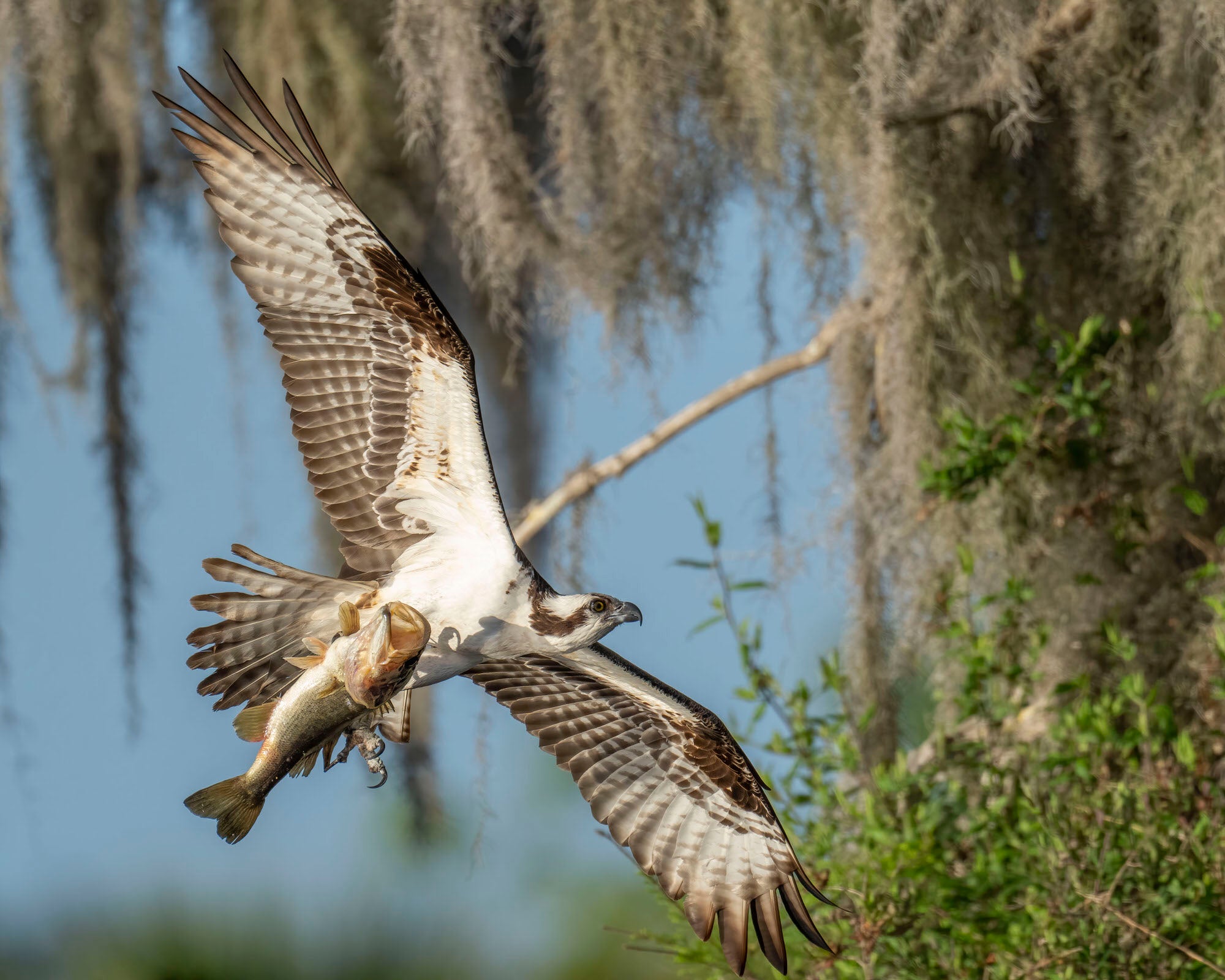
Photo by Matt Kloskowski. Sony α1. Sony 600mm f/4 G Master + 1.4x TC. 1/3200-sec., f/5.6, ISO 1000
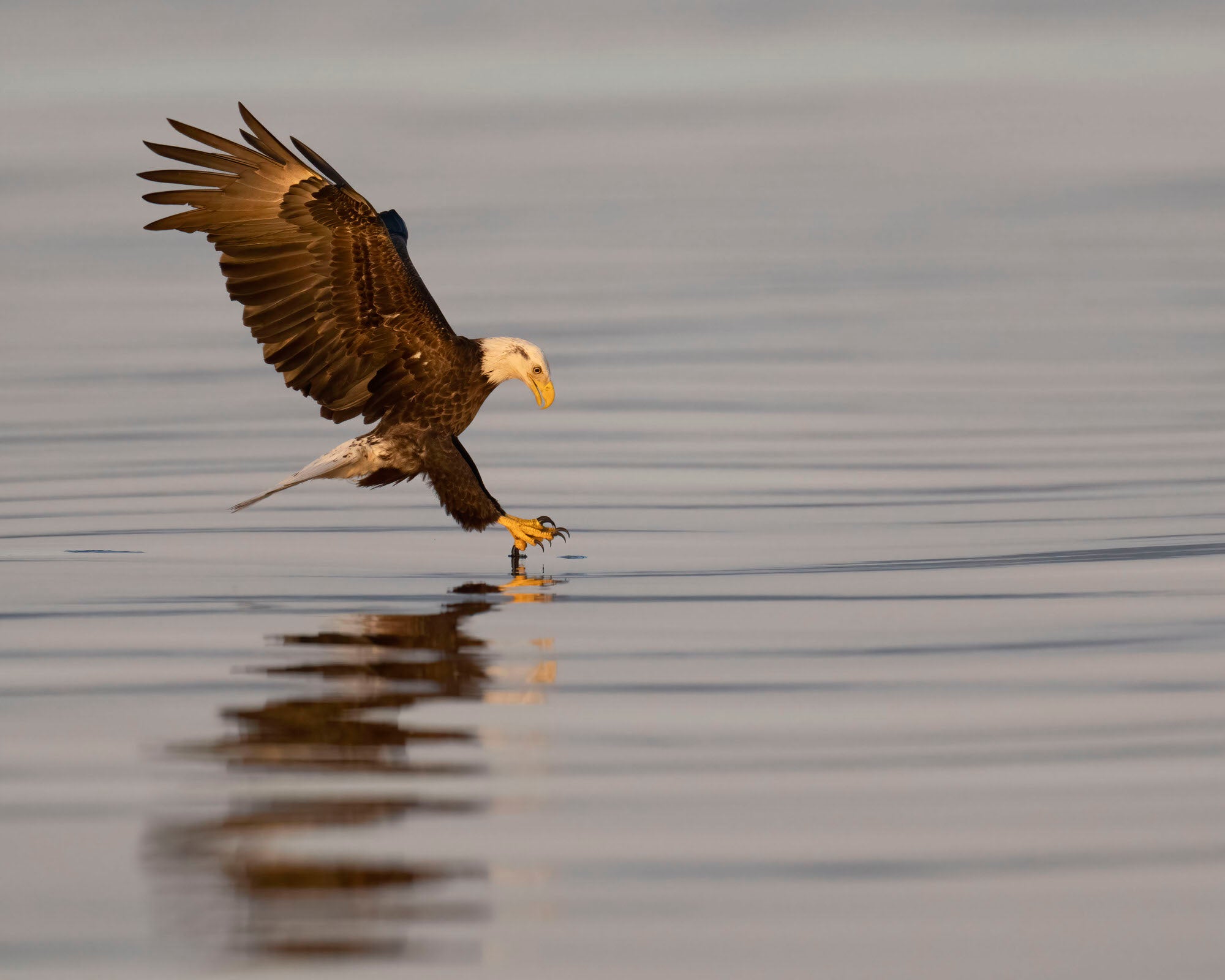
Photo by Matt Kloskowski. Sony α1. Sony 600mm f/4 G Master + 1.4x TC. 1/3200-sec., f/5.6, ISO 2500
But I have to tell you, if I'm photographing a variety of animals at one time in different settings (close trees, and then maybe some open areas where they're farther away), I usually have the 100-400mm or 200-600mm on because it gives me the flexibility to zoom in and out.
Well, I hope that helps give you a quick overview of some of the Sony gear for photographing birds. There definitely is something for everyone in there. But regardless of what system you choose, I think you'll agree with me that Sony has been leading the charge in both lenses, features, auto focus and image quality – all things that are super important when it comes to photographing birds. As with any genre of photography, practice, great light and great subjects are always the most important. Regardless of what you're photographing, learn how to use your camera and get it in front of a great subject and you'll walk away with some great shots.
Matt Kloskowski, known to his fans and followers as "Matt K," is a photography and photo editing educator as well as a nature photographer. You can find out more about his work and his courses and presets at mattk.com. Sign up for Matt's "How To Make Great Bird Photos" Alpha Workshop HERE.



